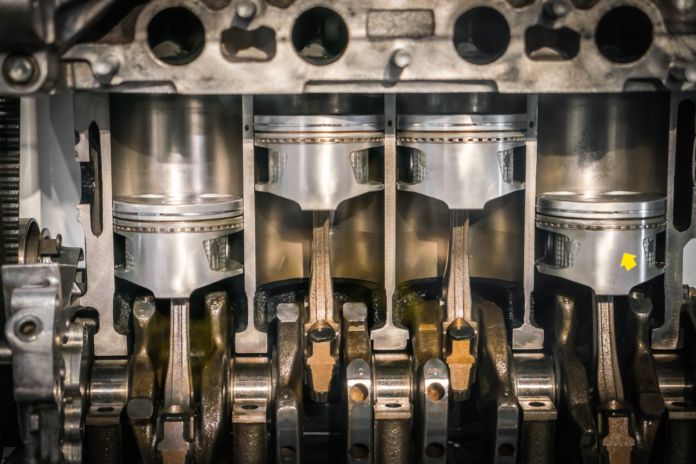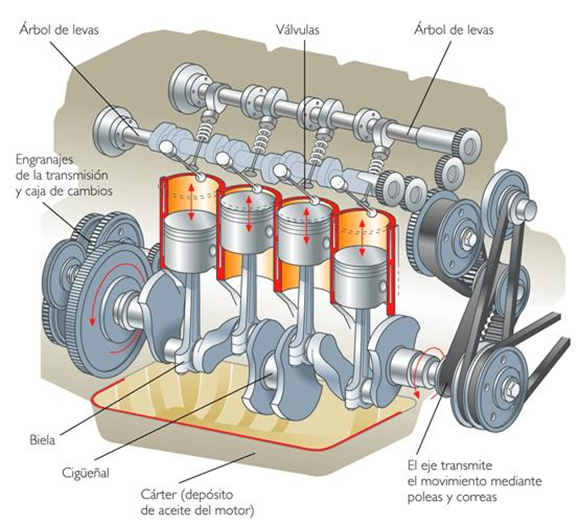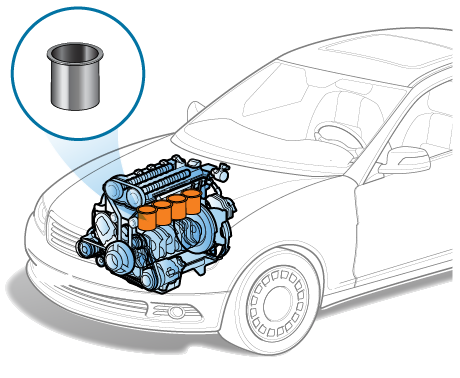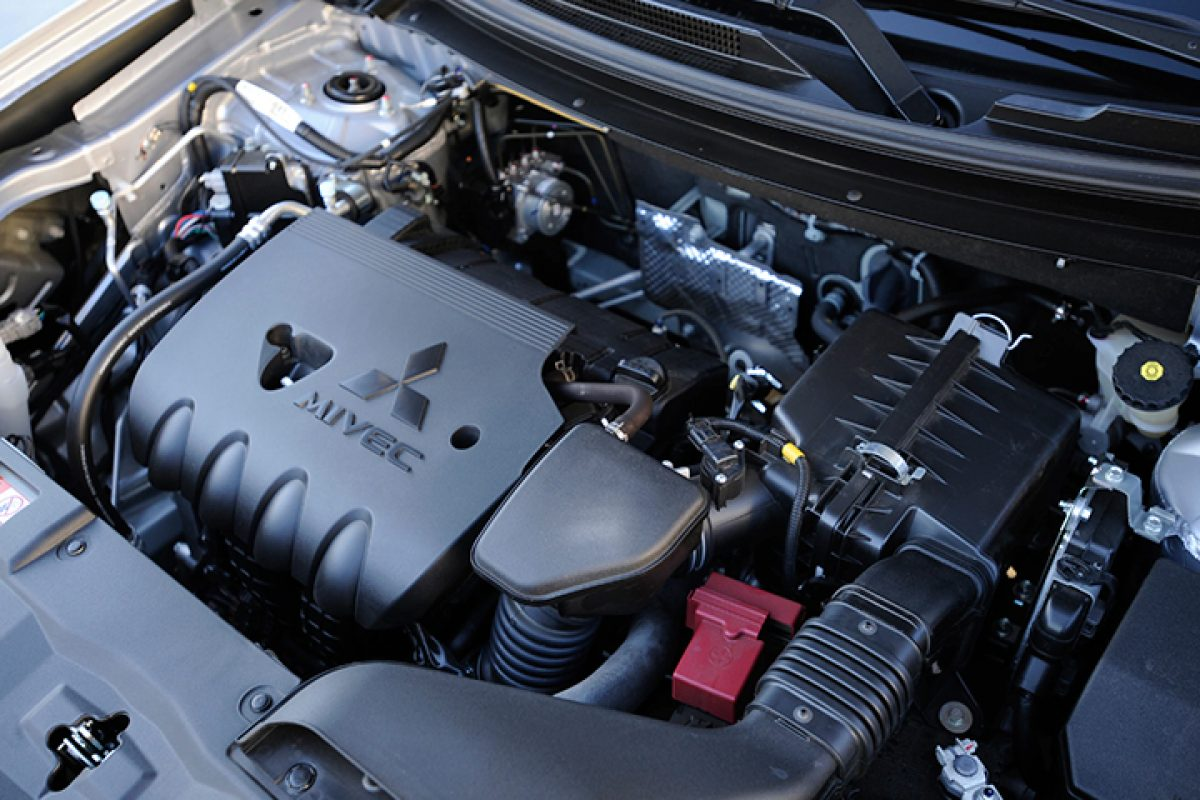
A cylinder is a crucial part of a vehicle’s engine, generally, a car would have 4, 6 or 8 cylinders in its engines. These are usually arranged in a straight line, in a V-shape or in a flat arrangement. The cylinders are an important part of an engine, since fuel is burned and energy is generated in them. Next we will tell you the basic aspects of how a car cylinder works and its types.
What is a cylinder in a car?
As we mentioned, a cylinder is a vital part of the engine. It is a chamber where fuel is burned and energy is generated. The cylinder consists of a piston and two valves at the top; an intake and exhaust valve. The piston moves up and down, and its reciprocating motion generates the energy that moves your car. Usually, the more cylinders an engine has, the more power it generates.

How many cylinders does a car have?
Most cars have a 4, 6 or 8 cylinder engine.. The numbers indicate precisely the number of cylinders, and they will be arranged in a straight line, in a V-shape or in a flat arrangement. But there are supercars that even have 12-cylinder engines.
How does a cylinder work?
To know how cylinders work, you first need to understand how an engine works. The engine is made of a set of cylinders and a piston. The engine must go through a chain of four steps (a four-stroke) to power your vehicle: intake, compression, power, and exhaust.
During the intake stroke, a piston moves inside the cylinder and the intake valve opens to allow fuel to mix with air. The compression stroke allows the piston to compress the fuel-air mixture, making it combustible. Power stroke is a stage where combustion occurs causing a spark. And finally, on the exhaust stroke, the outlet valve opens letting the piston go down and exhaust gases out.

Therefore, cylinders play a crucial role in power generation within the engine, as they would indicate which pistons are moving and when the fuel should be burned.
Types of engines according to their arrangement and number of cylinders
As we mentioned earlier, engine cylinders are generally arranged in a straight line (an inline engine), in a V-shape, or in a flat orientation.
Inline cylinders are one of the most basic forms of cylinder arrangement. A inline 4 cylinder engineFor example, it has the virtue of being small and lightweight, so it can be used in a variety of different transmissions. In addition, it causes less vibration in the vehicle compared to other designs, providing a smooth and comfortable ride.

When engine cylinders are V-shaped, they generally employ 6 or more cylinders. Compared to online engines, V-6 engines they are much more compact, making them easy to install on various car platforms, which reduces manufacturing cost.
In the case of a V-8 engine, this works the same way as the V-6, but with 2 additional cylinders. The main point of putting a V-8 is for more power. A V-shaped engine is usually much shorter than an inline-4, even a V-6 engine can be shorter than an inline-4. The shorter longitudinal length is one of the biggest advantages of having V-6 and V-8 engines.

For their part, engines with a flat arrangement usually use four or six cylinders. In this arrangement, as the name implies, the cylinders are lying flat on the ground. Since the flat engine greatly lowers the center of gravity compared to inline or V-shaped engines, the car will have a much smoother ride and less vibration.
IT MAY INTEREST YOU:
- TOP 10 – Best engine sales in the USA (Used or new and cheap)
- TOP 9 – The best inside engine cleaner
Font: kia
